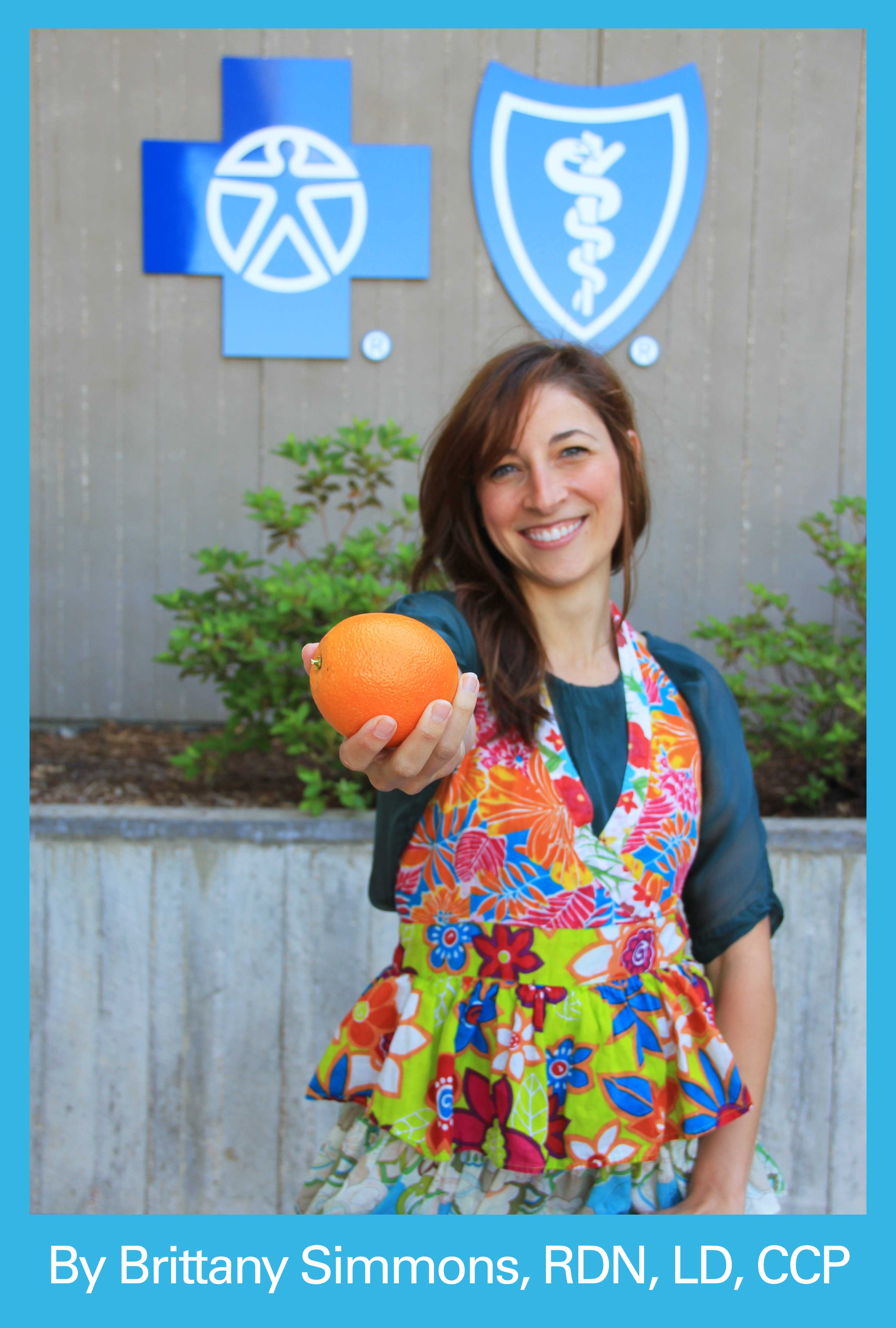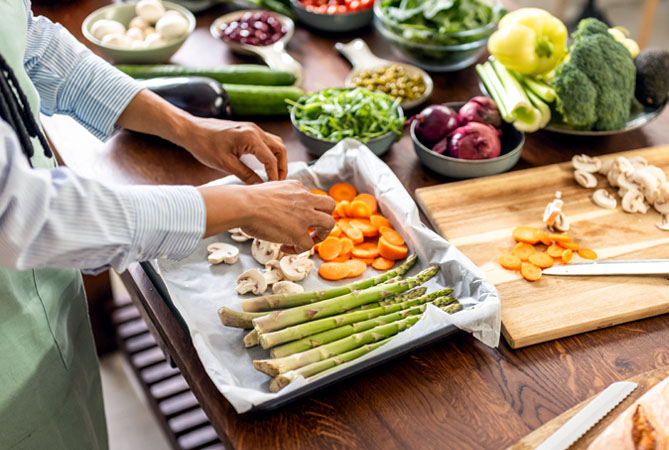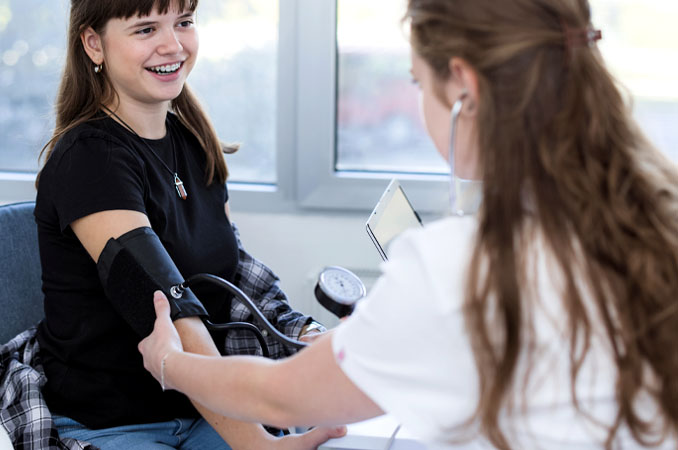Cost Cutting Tips at the Grocery Store

Having trouble paying for your light bill because of your grocery bill? Don't start skipping meals to save money. This dietitian is on a mission to bust the myth that eating healthy is expensive. I know the real problem. We eat too much, shop when we are hungry, and buy a lot of processed junk food that is either ready-to-eat or ready quickly in the microwave.
If you are in shock every time you check out at the grocery store, take the challenge to start cutting food costs and actually feel better! An investment of just 30 minutes may save over 30 dollars and 30 pounds over time.
Here is your 5-step guide to cut costs the healthy way.
- Make a checklist
Choose a couple of meals to make a grocery list and stick to it. Reducing impulse shopping will help you save major bucks. You can even high five the person behind you when you don't have that jaw dropping moment as the cashier announces the total. - Prepare
After shopping, you will need to prepare, plan, chop, package and place healthy foods at eye level ready to grab and eat. We waste so much food, and usually the healthy food. Don't you remember those colorful foods in the bottom drawers of your in the refrigerator. Why would you? A whole cucumber still in the plastic bag and not washed. How appealing does that sound when you're hungry? Here's a trick to reduce food waste. As soon as you get home from the grocery store, slice your apples, prewash your grapes, and put a serving of strawberries into individual bags to take on the go. Make your convenience foods less convenient and your fresh foods readily available. Put your sliced squash at eye level in the refrigerator, and tuck the Lunchables in the bottom drawers. Out of sight, out of mind...or maybe a little less tempting. - Eat leftovers
Take dinner leftovers to lunch the next day. If it was a delicious meal, then it should be a nice incentive! This means for dinner, put down the dinner plate and grab a storage container first to pack lunch for the next day. Then you enjoy the remainder for dinner. This helps prevent overindulging when you think you are "starving" even though you put way too much on your plate. It's a simple way to practice portion control. - Limit gas station stops
Only use gas stations to fill up your tank, not your stomach. Avoid tempting snacks and mindless eating while driving down the road. Do you even remember eating once you get to your destination? Many people eat during a road trip to stay awake. If this is you, pack nuts and fresh fruit. Many grocery stores sell fresh chopped fruit in the produce section. No knife required. - Eat whole foods
Avoid empty calorie foods. Those are foods with a lot of calories but nothing good for your body. Which snack is cheaper? Honeybun or Apple? I know which one you crave, but honestly a honeybun is a dollar from a vending machine, and an apple is 49 cents at the grocery store. It's ironic that a honeybun has seven times the calories but doesn't fill you up like an apple. Think about it. How many apples could you possibly eat until you feel full? Maybe two? That's only 120 calories compared to a 480 calorie honeybun. And I guarantee you won't be drinking water with your honeybun, so you are drinking more calories on top of your honeybun.
Bottom line: choose foods in their most natural state because those actually fill you up and are good for your body. They can also help you cut costs.




 Women's Health
Women's Health Eat Healthy
Eat Healthy Exercise
Exercise Health & Wellness Articles
Health & Wellness Articles